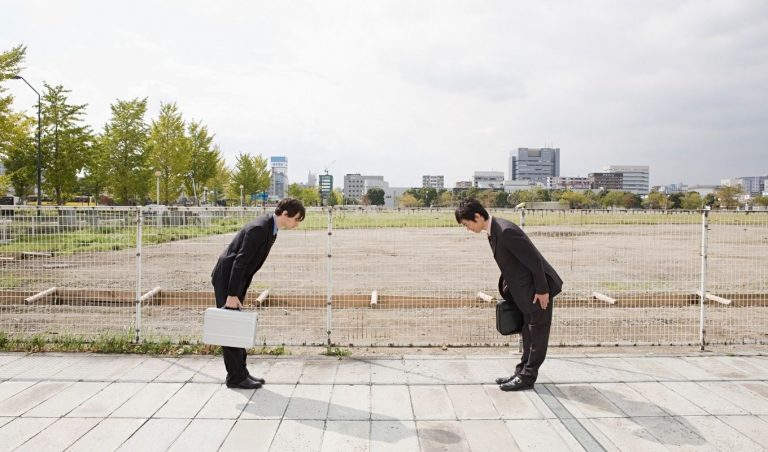Perhaps in Western societies the image of a woman receiving oral sex from an octopus would seem far removed from the taste of the common public and from a serious artistic tradition. However in Japan this is one of the most famous paintings by the artist Hokusai, perhaps the most recognized classical artist in Japan at any time.
There were painters like Rembrandt who painted sex scenes, or Picasso who exhibited naked women, as well as other painters like Degas, or Toulouse Lautrec who painted women in erotic positions. However erotic art was not popular in its time unlike Japan. Even in ancient Greece, which was very open-minded about sexuality, you cannot find such pictorial representations. Almost all of the great Japanese artists of the 17th and 18th centuries illustrated sex scenes that included men, women, foxes, asses, ghosts, and even stingrays.
These were not minor works that they kept secret for the enjoyment of a few open-minded libertines. It was an art that both men and women saw. Thousands of books were published with erotic images, and although government officials sometimes declared their opposition to the works, they were exhibited to audiences of various social classes.
Known as shunga (春 画, “spring painting”), these paintings were as numerous and popular as other paintings with landscapes, beautiful women or animals. Unlike kabuki, he shunga It was not limited to the beautiful, but to the disheveled of the red districts: Kanō’s school illustrated erotic and sexual scenes.
These taboos have little to do with sexual preference: many images depict men having sex with men. One of the oldest erotic manuscripts dates from the 15th century, and shows a Buddhist priest contemplating his young apprentice. In fact, among some samurai love for another man was considered superior to that of a woman. Women necessarily produced children, while love for another man was considered purer and more refined.
The question is why the Japanese, compared to Europeans or even Asians, were more open-minded when illustrating sex? One reason can be found in the nature of Japanese religion. Shintoism, which is the Japan’s original religion he adores nature and things related to fertility, goddesses, and so on. This occasionally translated into worshiping sex, both male and female.
While in many cultures of patriarchal tradition such as Christianity, Confusionalism or even Buddhism abandoned the cult of fertility, the worship of nature in Japan never really disappeared. Even today there are Shinto shrines in which women wave penis-shaped figures to ask for a child. In some rural festivals, phallic objects are carried through the streets to join with sacred vulvas that are produced in other shrines.
Erotic images sometimes had a talismanic function. Some prints were placed inside the samurai’s armor to give strength to the wearer. Merchants used it to deter fire in their warehouses. This may have been inherited from a Chinese tradition, in which merchants carried images with spring motifs called chun-hua to prevent fires.
Another form of erotic images is known aswarai-e (笑 絵, “images of laughter”). There is a rich tradition of satire and comedy in Japanese erotic art. This type of humor is based on breaking social conventions and a taste for the grotesque. Perhaps this type of art also originates from religion. The Amaterasu myth tells that the goddess of the sun hid in a cave and the world was left in darkness. Other gods gathered outside the cave and had an orgy, and one of them even got undressed, causing the others to laugh. Thus, Amaterasu, full of curiosity, finally left the cave.
The popularity of shunga it declined with the onset of the Meiji Restoration, when the samurai class collapsed and was replaced by a more western state. The Japanese government, in its attempts to gain international legitimacy and respect, banned public nudity, mixed bathing, or works by kabuki very daring, marking the end of shunga.

